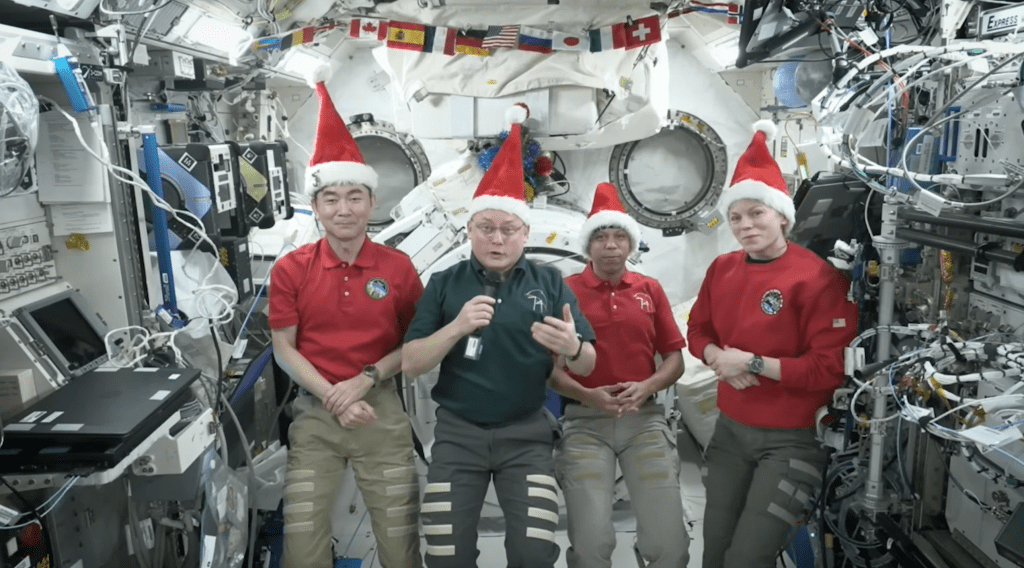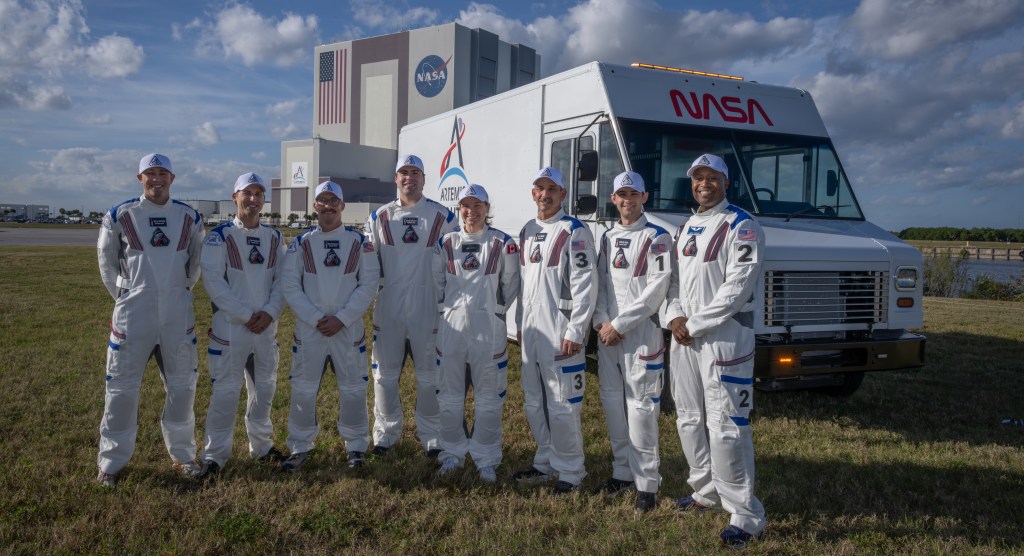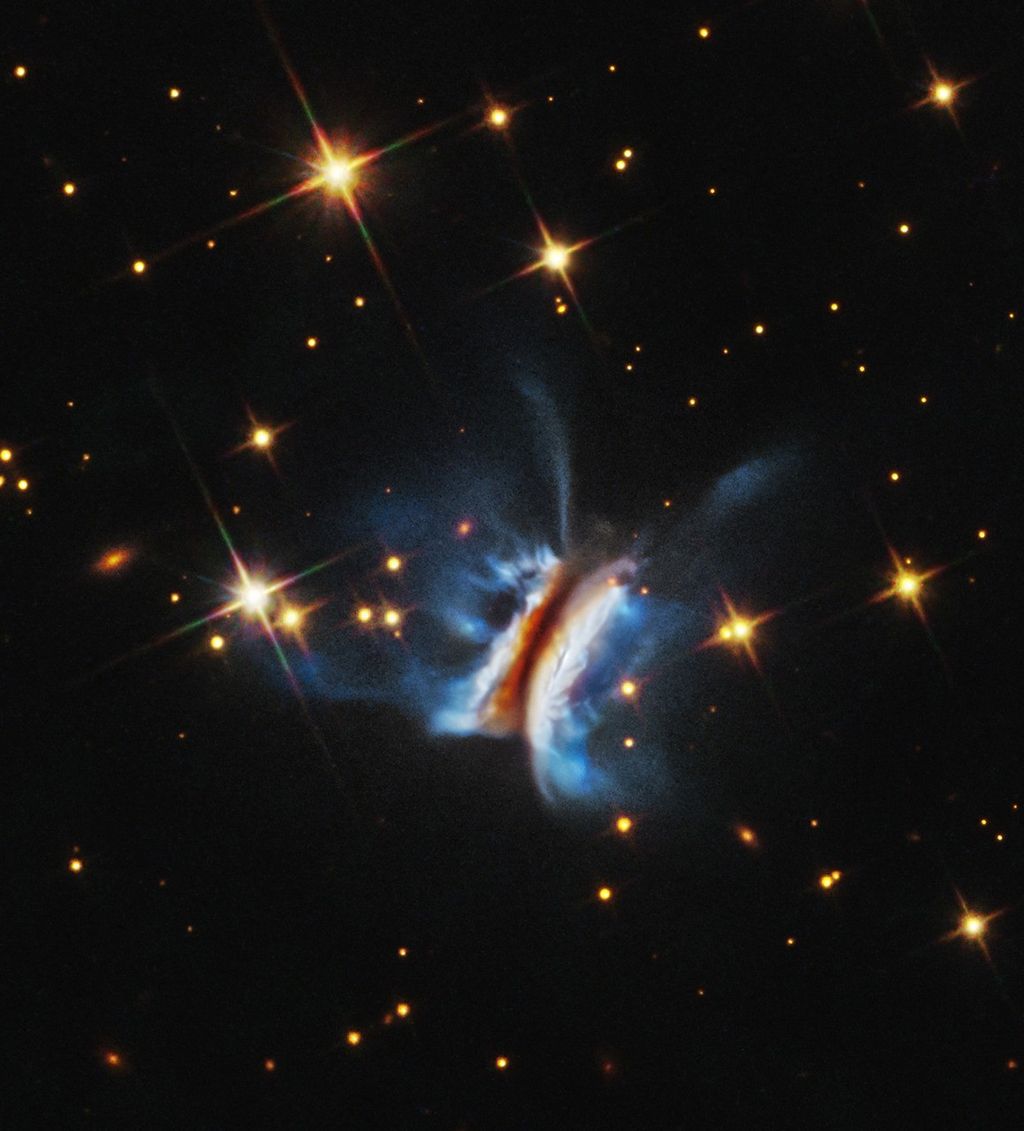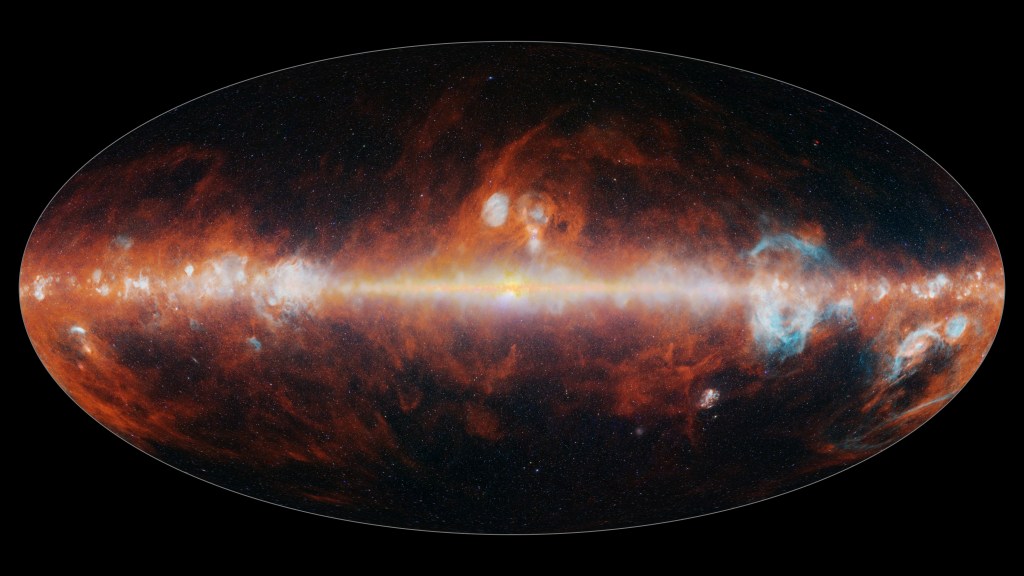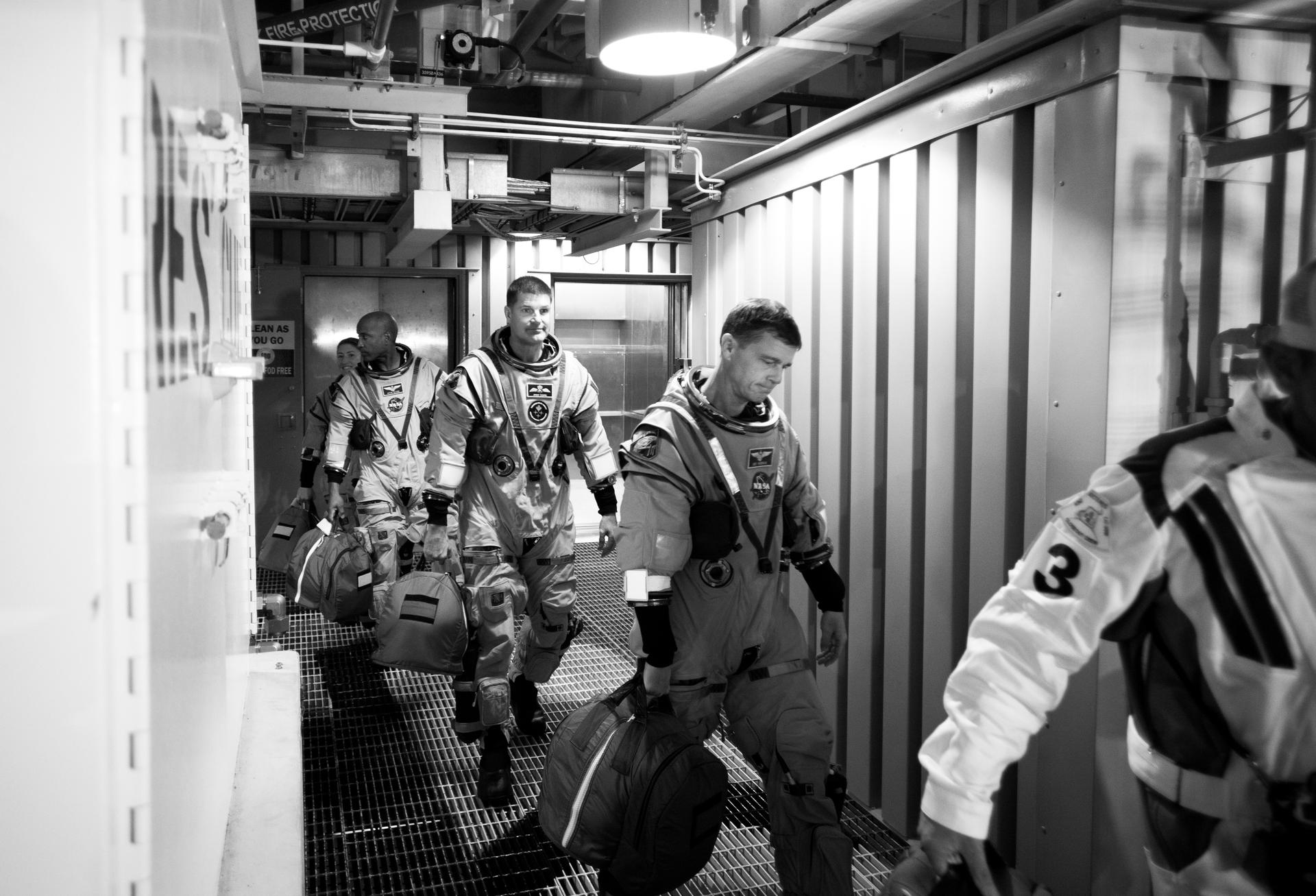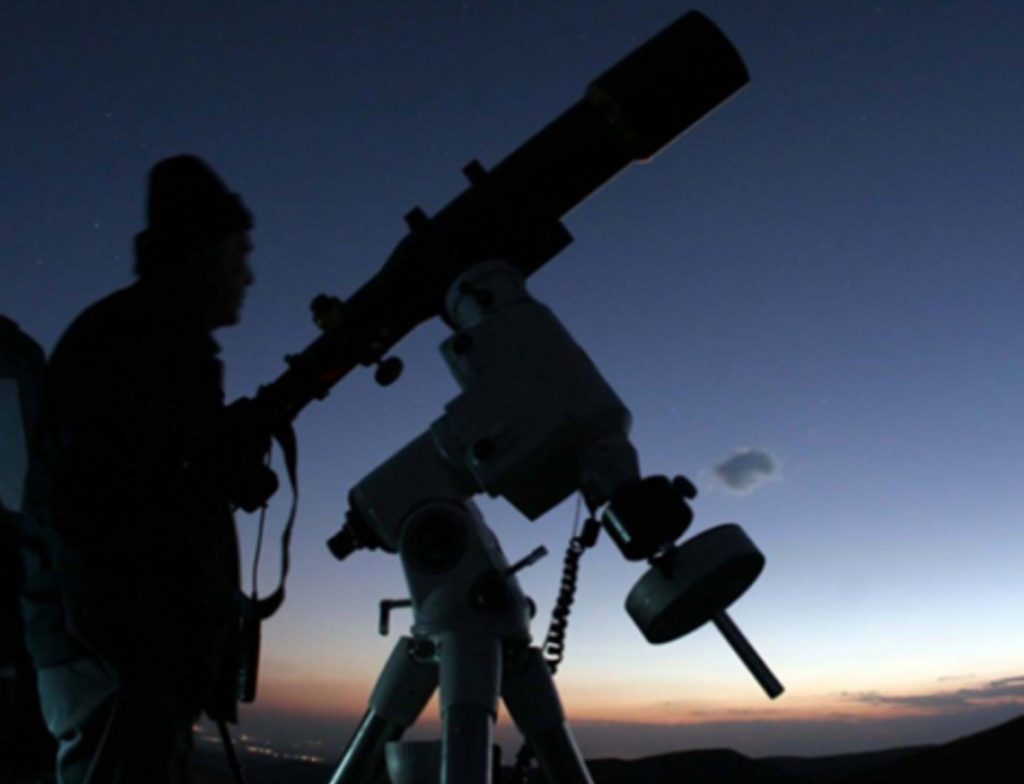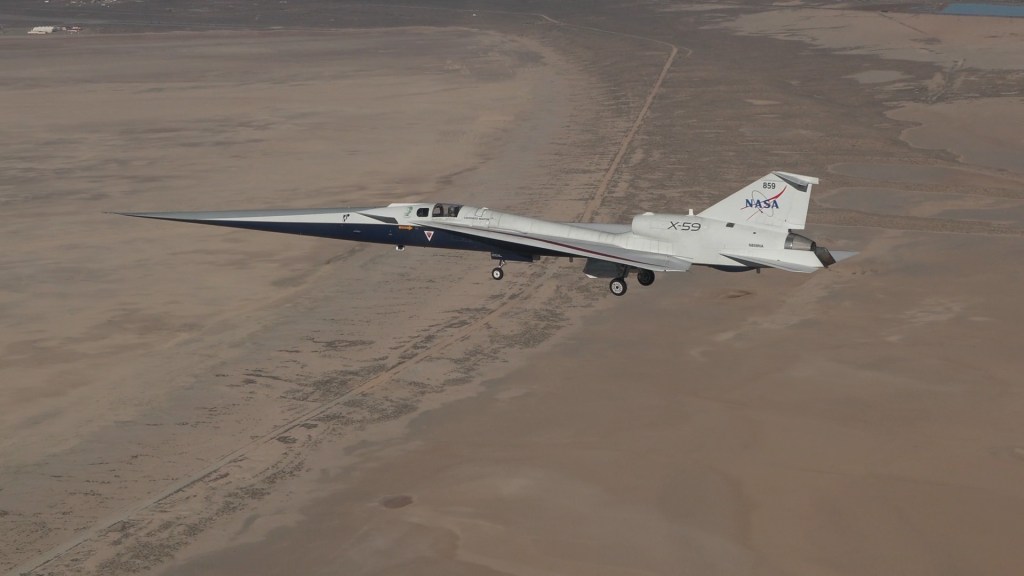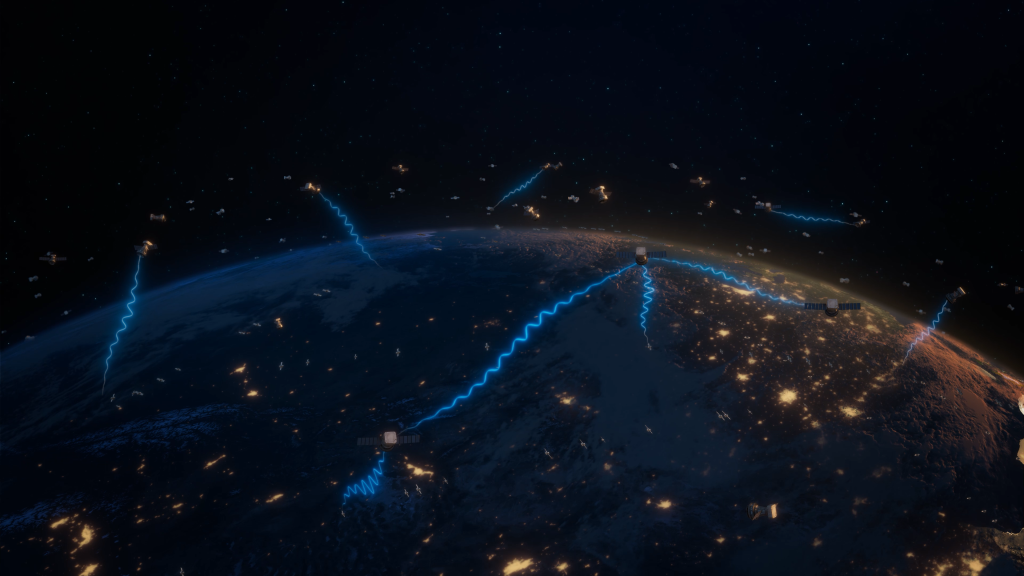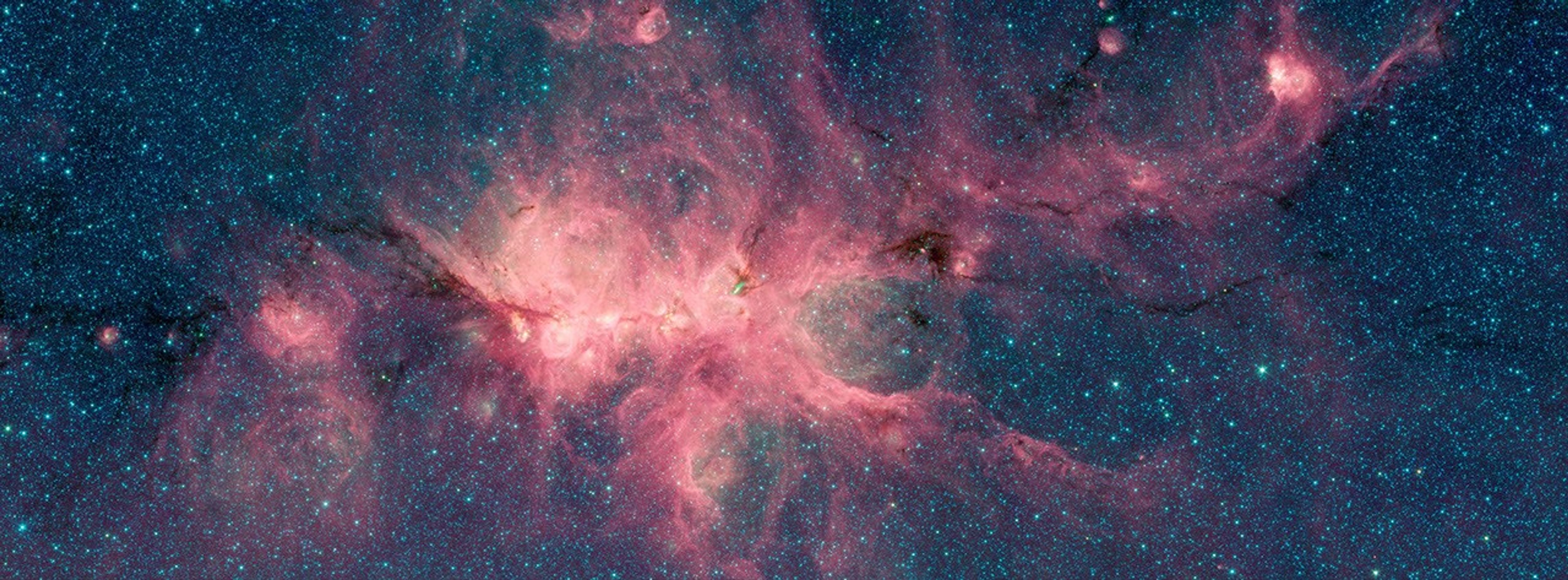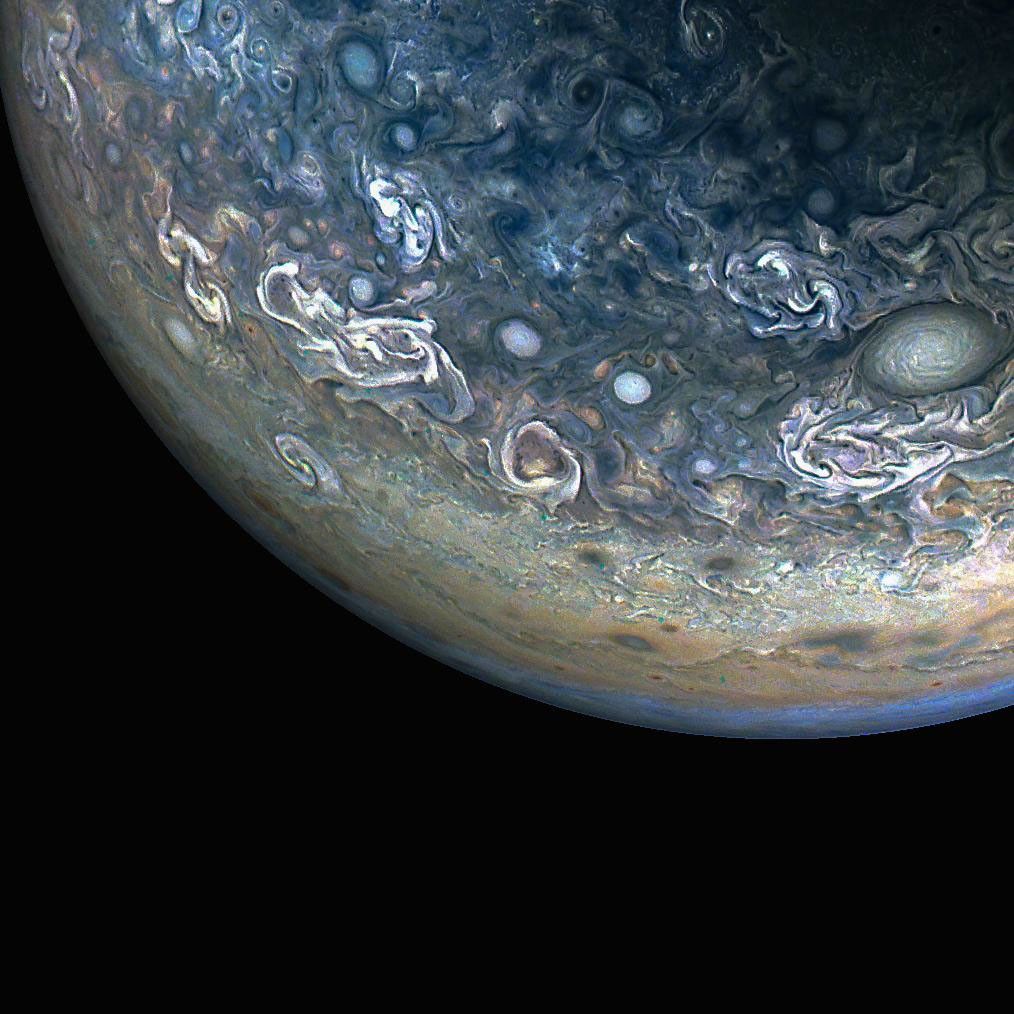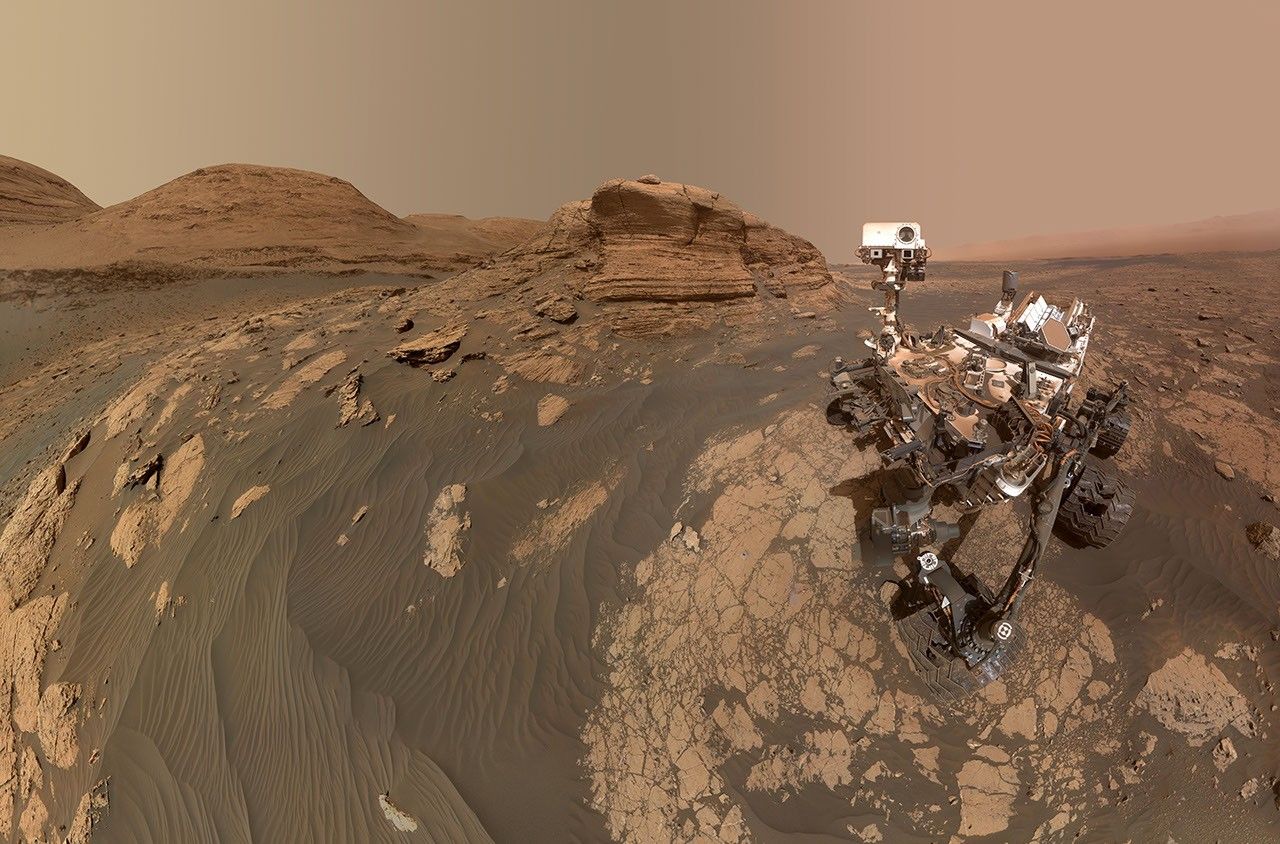Description
NASA's Curiosity Mars rover viewed this expanse while looking out across a region filled with low ridges known as boxwork patterns. The panorama is stitched together from 23 individual images the rover's Mast Camera, or Mastcam, captured on May 22, 2025 (the 4,536th day, or sol, of the mission). The color in these images has been adjusted to match the lighting conditions as the human eye would see them on Earth.
Figure A is a short video that slowly pans over the right section of the panorama.
When viewed from space, the boxwork patterns look a bit like spiderwebs. They have fascinated scientists since before Curiosity's 2012 landing on the Red Planet and are believed to have formed from groundwater trickling through rock cracks billions of years ago. Minerals left behind by the water hardened like cement within the rock; after eons of sandblasting by wind, the rock was carved away, revealing networks of resistant ridges within.
Curiosity's images provide the first up-close views of the boxwork region, which is located in the foothills of Mount Sharp, a 3-mile-tall (5-kilometer-tall) mountain the rover has been ascending since 2014.
Curiosity was built by NASA's Jet Propulsion Laboratory, which is managed by Caltech in Pasadena, California. JPL leads the mission on behalf of NASA's Science Mission Directorate in Washington as part of NASA's Mars Exploration Program portfolio. Malin Space Science Systems in San Diego built and operates Mastcam.
For more about Curiosity, visit:

